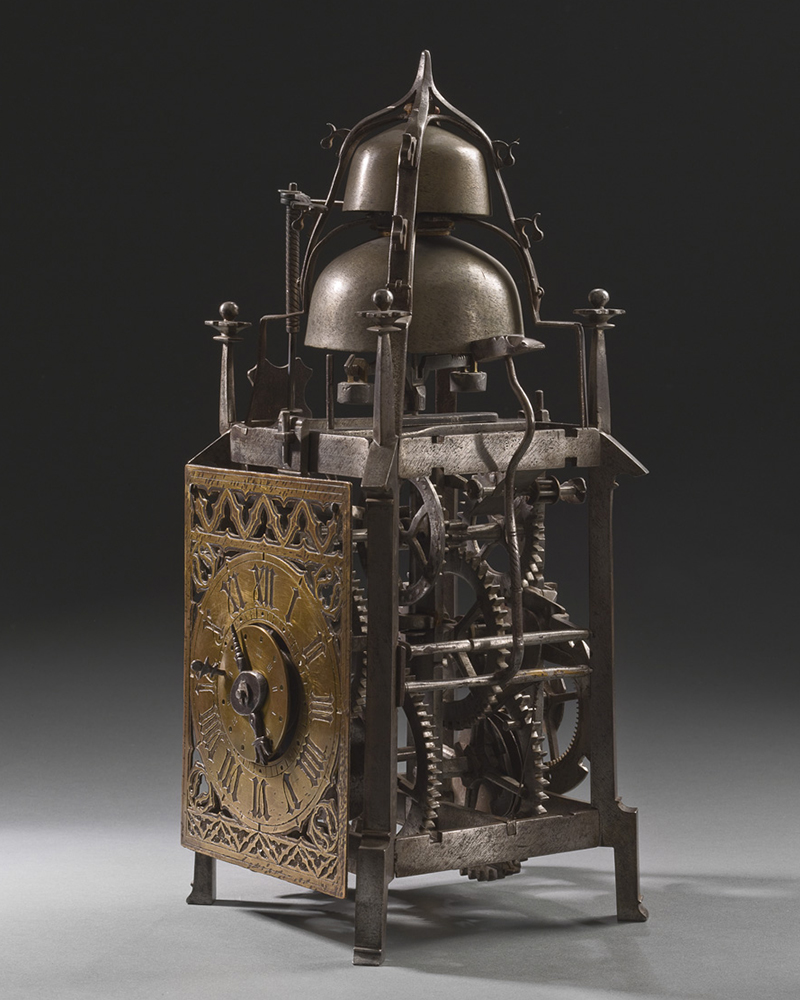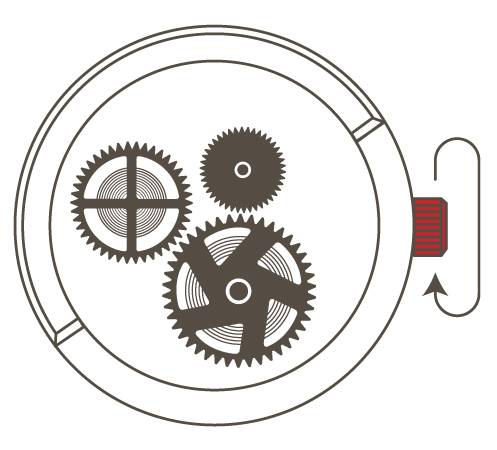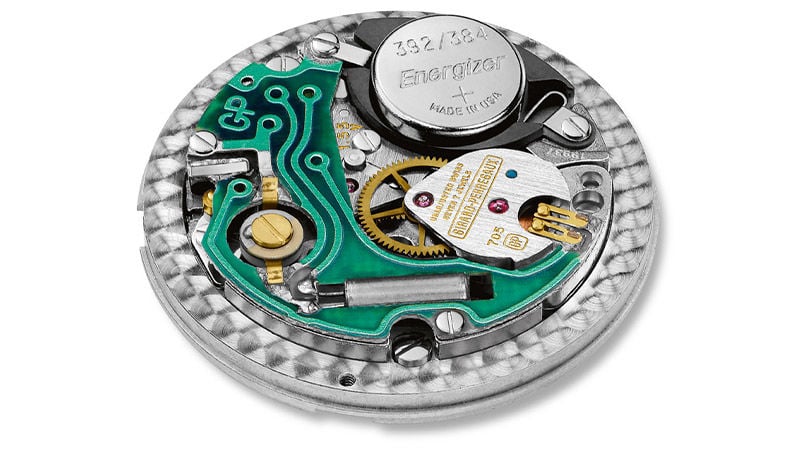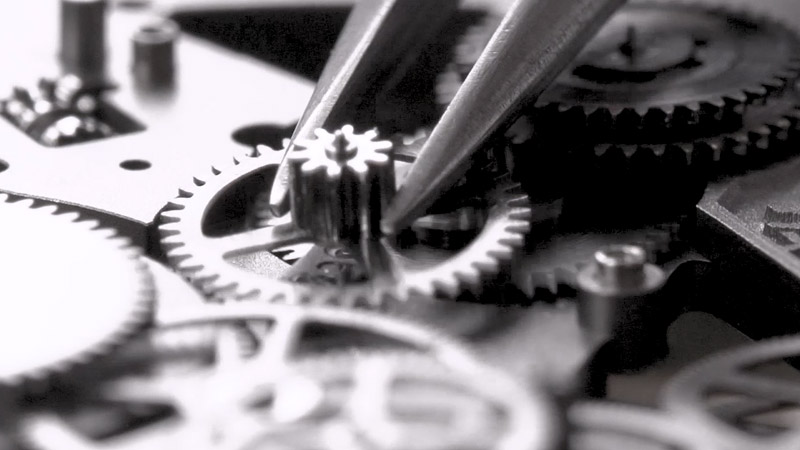What is a mechanical watch?
It's not always necessarily straightforward to differentiate between mechanical and quartz watches. While both show the time, their movements don't work in the same way.
To give you a little background information, the mechanical clock was the second instrument invented to tell the time, after the sundial. The first mechanical clock was built in Milan, Italy, in 1335. As time went by, these giant watches shrunk in size until they could fit inside a pocket, became automatic (in 1777), and were eventually worn on the wrist (from 1790).

In this article, we'll be discussing the differences between mechanical and quartz watches, and why the mechanical watch is a genuine masterpiece of the watchmaking industry, passed down from generation to generation.
Mechanical watch vs quartz watch
A mechanical watch is made up of a mechanical movement; in other words, all of the components that enable it to work, such as the mainspring, the escapement, and the resonator. It works through the kinetic energy stored in the barrel, like those little cars that you have to push backwards to make them shoot forwards as soon as you let go.
There are two types of mechanical watch:
• Manually mechanical watches: they must be rewound by turning the crown at least once per day

• Automatic mechanical watches: they rewind automatically through the movements of the wrist.

A much more recent invention, the quartz watch first went on sale in 1969. Inside, an electronic circuit and movement function through the use of a battery. The battery's electrical impulse causes a fine sliver of quartz to oscillate, allowing the hands to move.

Quartz watches are known for their precision, and are sold at relatively low prices. However, their lifespan is much shorter than a mechanical watch, as their electronic parts wear down very quickly; not to mention the battery, which must be changed on average every two to three years.
A masterpiece of engineering
Wearing a mechanical watch is like wearing an age-old tradition on your watch every day. It's the result of meticulous, demanding expertise found nowhere else, as some mechanical watches are real masterpieces of the watchmaking industry.

In fact, many are considered genuine works of art, where meticulousness, precision and complexity have been skilfully combined and perfected by a watchmaker over dozens, even hundreds of hours.
On top of all that, there's also a certain "mechanical magic". With skeleton watches, for example, where it is possible to see the mechanism through the watch's case, it is fascinating to be able to observe the movement in action, thanks to the assembly of its dozens of pieces, where each one has its own place and purpose.
An object that transcends the ages
The mechanical watch is one of those really rare everyday objects that's simultaneously useful, decorative and immune to planned obsolescence. In fact, its unrivaled longevity, between 150 and 200 years, is possible due to the lifespan and quality of its mechanical parts. In comparison, the lifespan of a quartz watch ranges between 2 and 5 years, depending on the battery and the quality of its electronic components.
In addition, the kinetic energy that enables a mechanical watch to work is inexhaustible. Even if you haven't worn it for a long time, you just have to rewind it using the crown to get it going again, like a restarted heart.

Thanks to this remarkable longevity, a mechanical watch can be passed down from generation to generation within the same family, just like Grandma's emerald ring or a precious old book that belonged to your great-grandfather.
In conclusion, a mechanical watch is a rare, precious and durable object, born of ancestral expertise, and can be passed down to future generations, even after spending decades on its first wrist.


